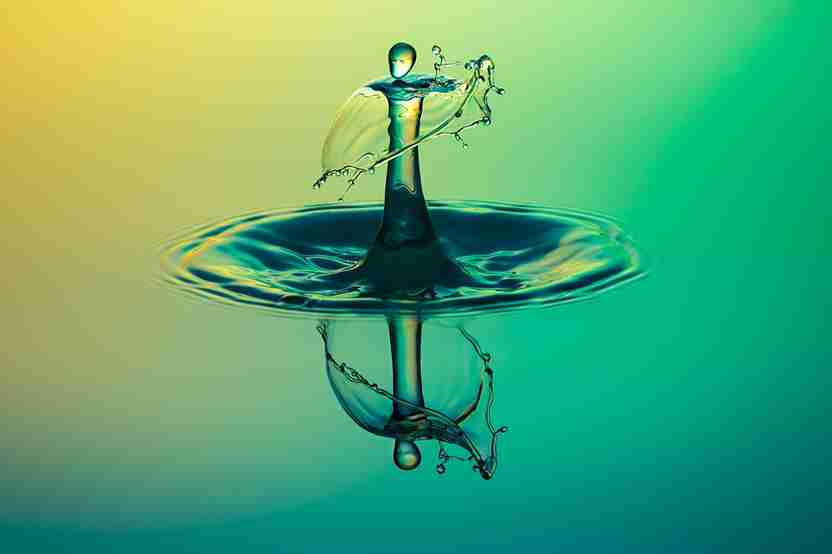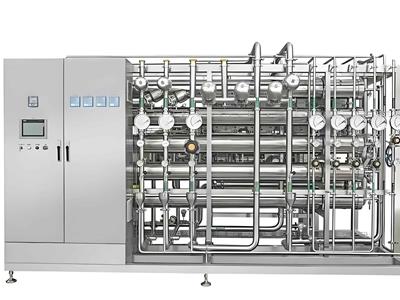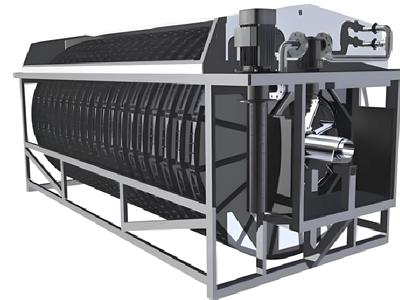- 2025-07-07
Negative ions (anions)
Anions are ions with a net negative charge, formed by the dissociation of salts, acids, or bases in aqueous solutions. Their formation mechanism arises from atoms acquiring electrons to achieve a stable octet configuration, resulting in more electrons than protons. Such ions are typically formed by non-metal atoms (such as carbon, oxygen, sulfur, and halogens) by gaining electrons, while metal atoms tend to form cations. During electrolysis, anions are attracted to the positive charge of the anode and migrate towards it (marked as a superscript symbol, such as Cl⁻).
Anions combine with cations through electrostatic attraction to form ionic compounds, which are crucial for bodily functions—participating in processes such as DNA synthesis and hormone secretion. By analyzing the periodic table, one can predict an atom's tendency to form anions: the stronger the non-metallicity of an element, the more likely it is to gain electrons and form anions.






